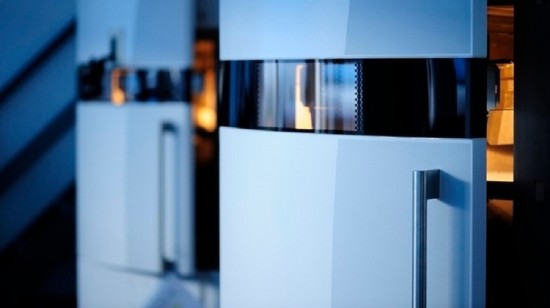Over the last few years, 3D printing industry has experienced remarkable growth with a rapid increase in the total sales of both consumer level and industrial level 3D printers. According to Gartner Inc, this trend is expected to continue for the next few more years. As per Gartner Inc, worldwide 3D printer shipments are expected to exceed 496,475 units by the end of 2016, a massive increase of 103% over the total units to be shipped by the end of 2015. Gartner expects the trend to continue till 2019 and they expect the total 3D printer sales to climb to more than 5.6 million units by 2019.
Fused Deposition Modeling (FDM) technology is expected to dominate the 3D printer market of the 7 different 3D printing technologies available in the market. FDM is the first 3D printing technology to enter the consumer realm from the industrial space and with many companies entering this space, the cost of FDM based 3D printers started falling down. In 2015, FDM based 3D printers account for a massive 232,336 unites of the total 244,533 units expected to be sold this year. By 2019, total sales of 3D printers is expected to jump to 5,527,493 units and capture a market share of whooping 97.5% of 3D printer market. This is primarily because of the sales of low cost entry level 3D printers being sold to homes and small businesses.
As of 2015, $1000 – $2500 price point remained a popular price point for entry level 3D printers. In future, it is expected that this comes down to sub $1000 price point. Currently, 3D printers costing less than $1000 make up about 25.5% of all 3D printers sold at those two price points combined. However, by 2019 sub-$1000 3D printers are expected to make up 40.7% of units sold for all printers under $2,500. Almost all the 3D printers at this price range are FDM based. Though the prices of various 3D printing technologies are coming down, clearly, FDM based 3D printers are going to be industry standard for the next few years because of the lead this technology has over other technologies.
“Rapid quality and performance innovations across all 3D printer technologies are driving both enterprise and consumer demand, with unit shipment growth rates for 3D printers increasing significantly. The 3D printer market is continuing its transformation from a niche market to broad-based, global market of enterprises and consumers,” said Gartner research vice president Pete Basiliere.”
Also the filament prices continue to drop due to scale, standardisation of processes and competitive pressures. Also, many companies develop greater variety of speciality filaments for market dominance. This inturn leads to increased sales of FDM based 3D printer. Also, the primary reason for huge jump in sales of 3D printers is expected to be purchases made by schools and universities.
On an overall, the 3D printing industry is going to experience rapid growth in years to come. Majority of the growth comes from consumer level 3D printers but the industrial level 3D printers also experience good growth rates as the costs come down and overall applications of this technology increase.
